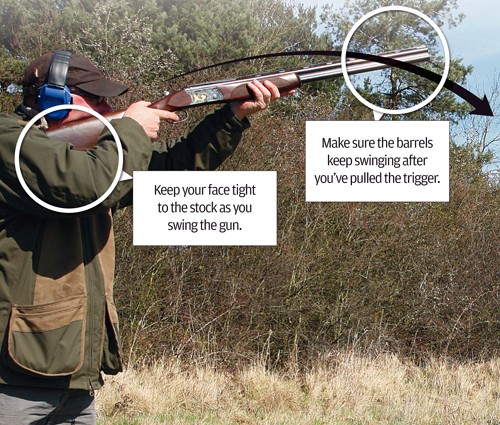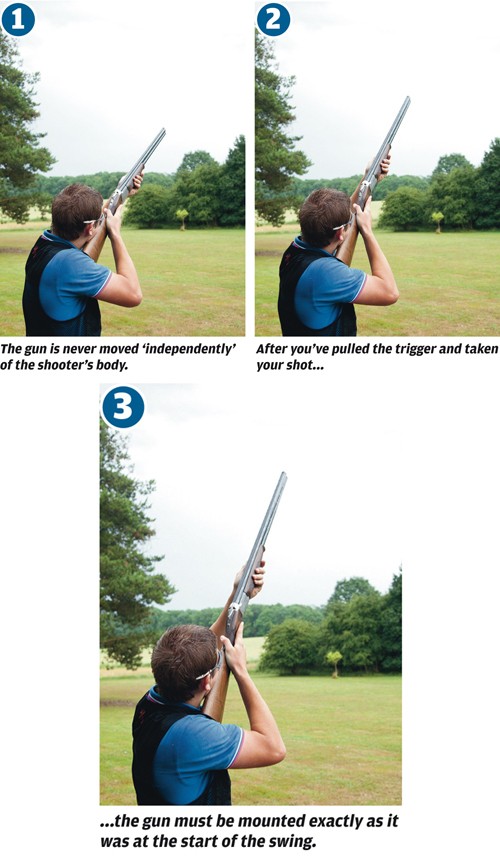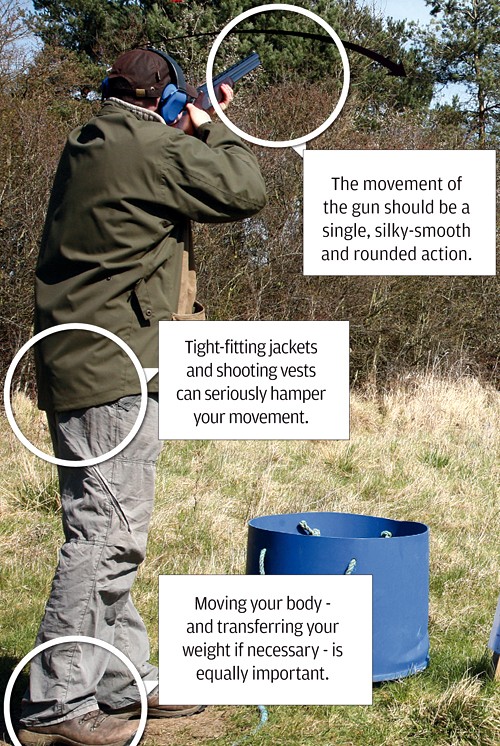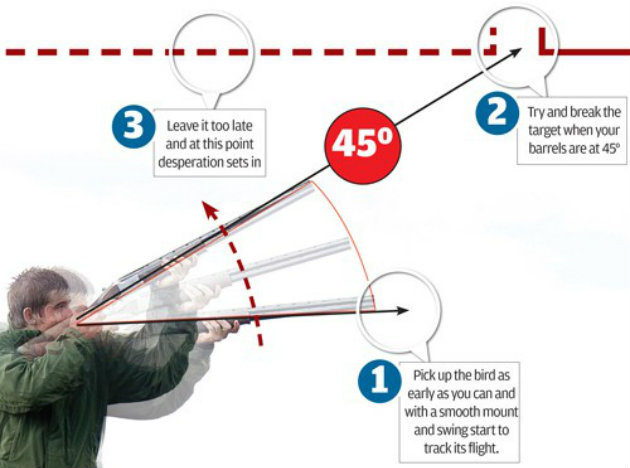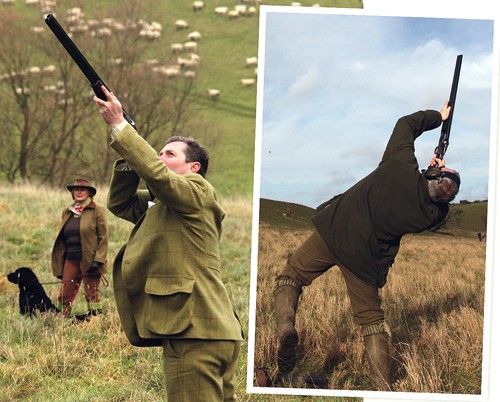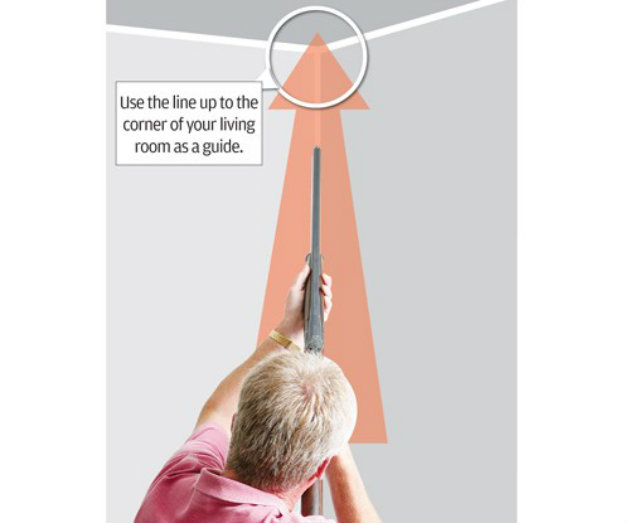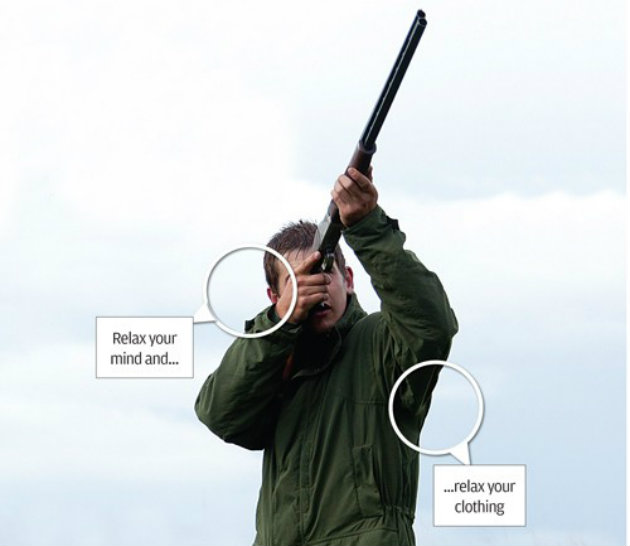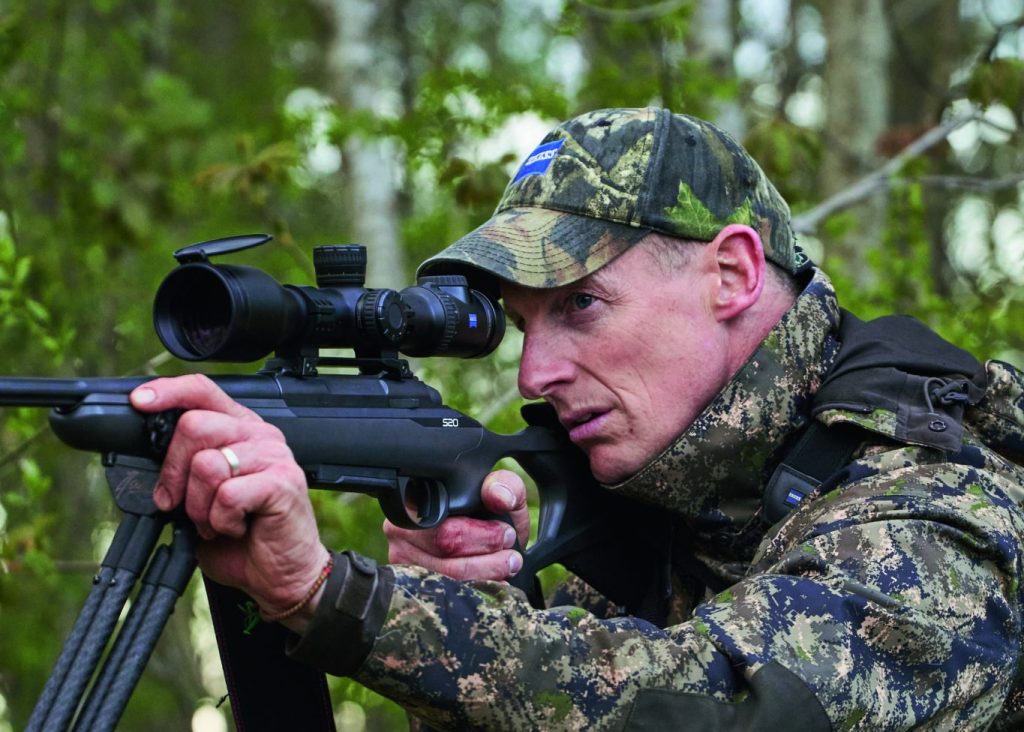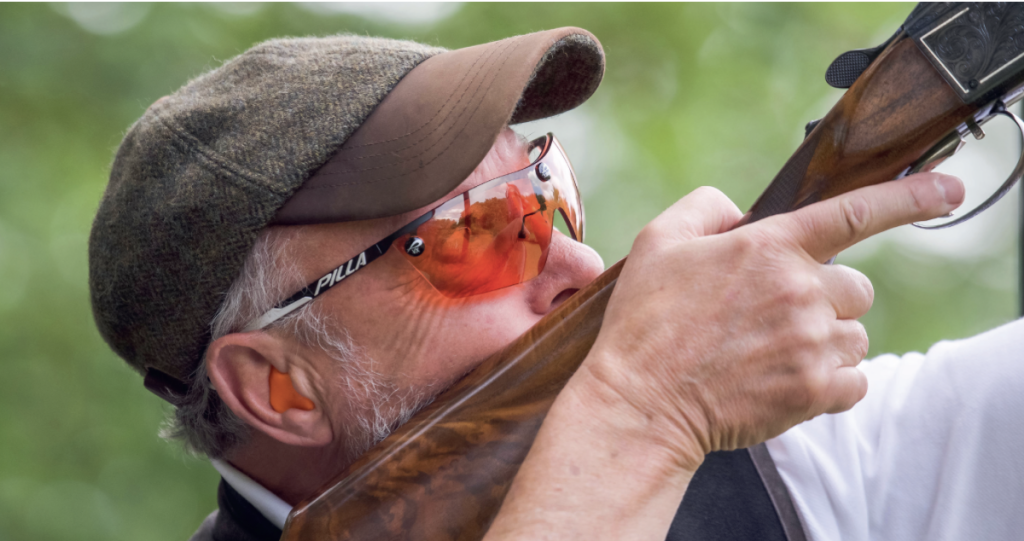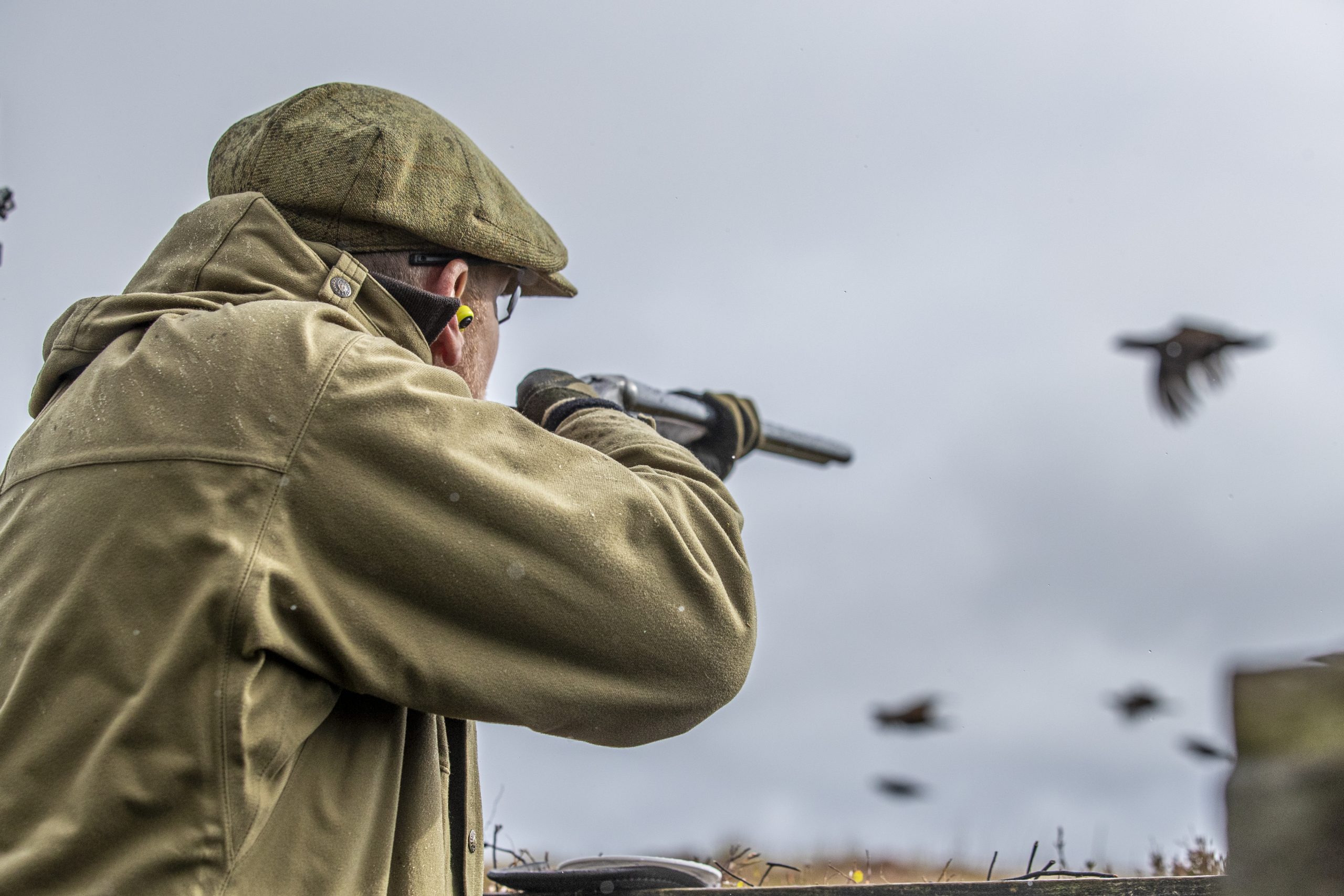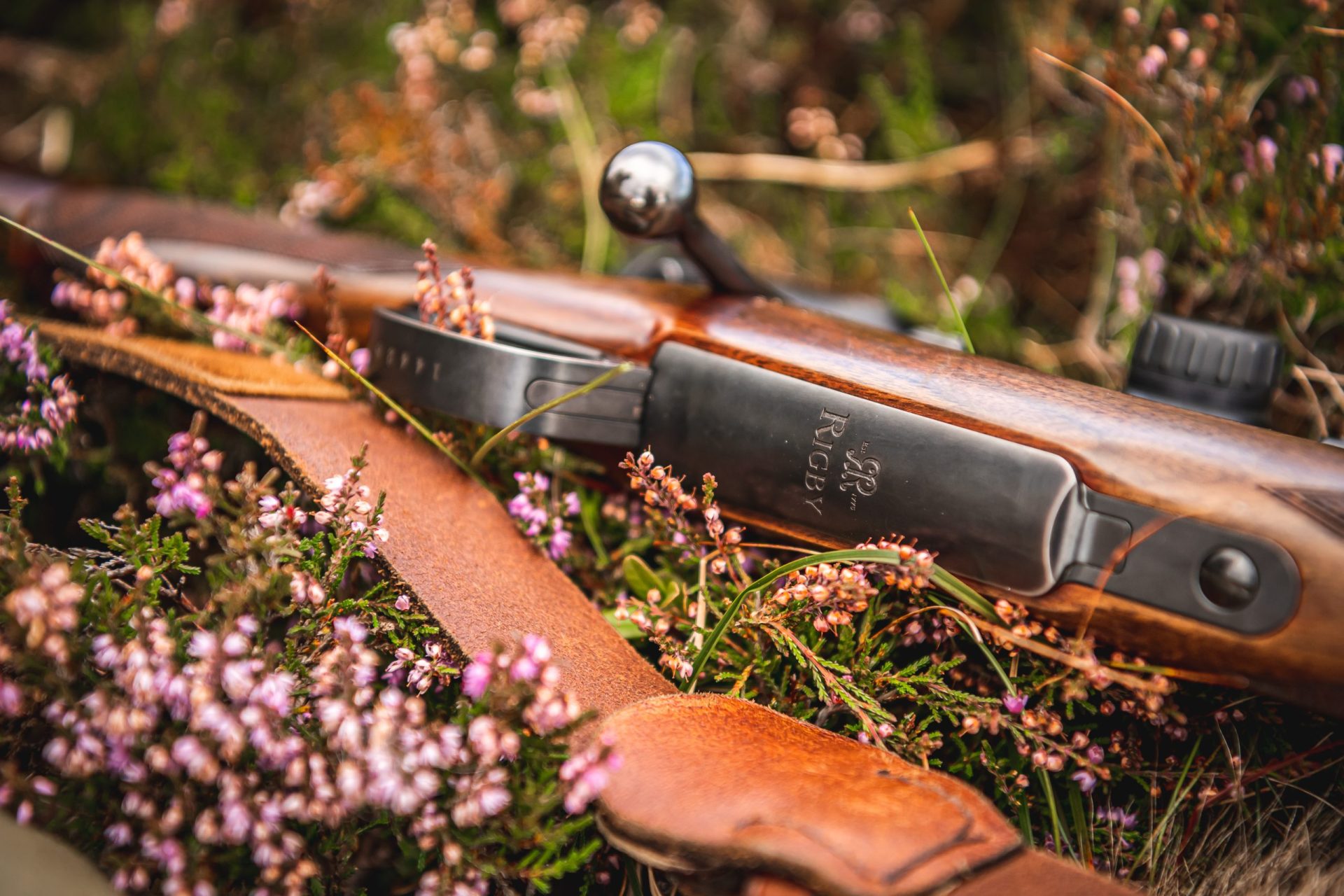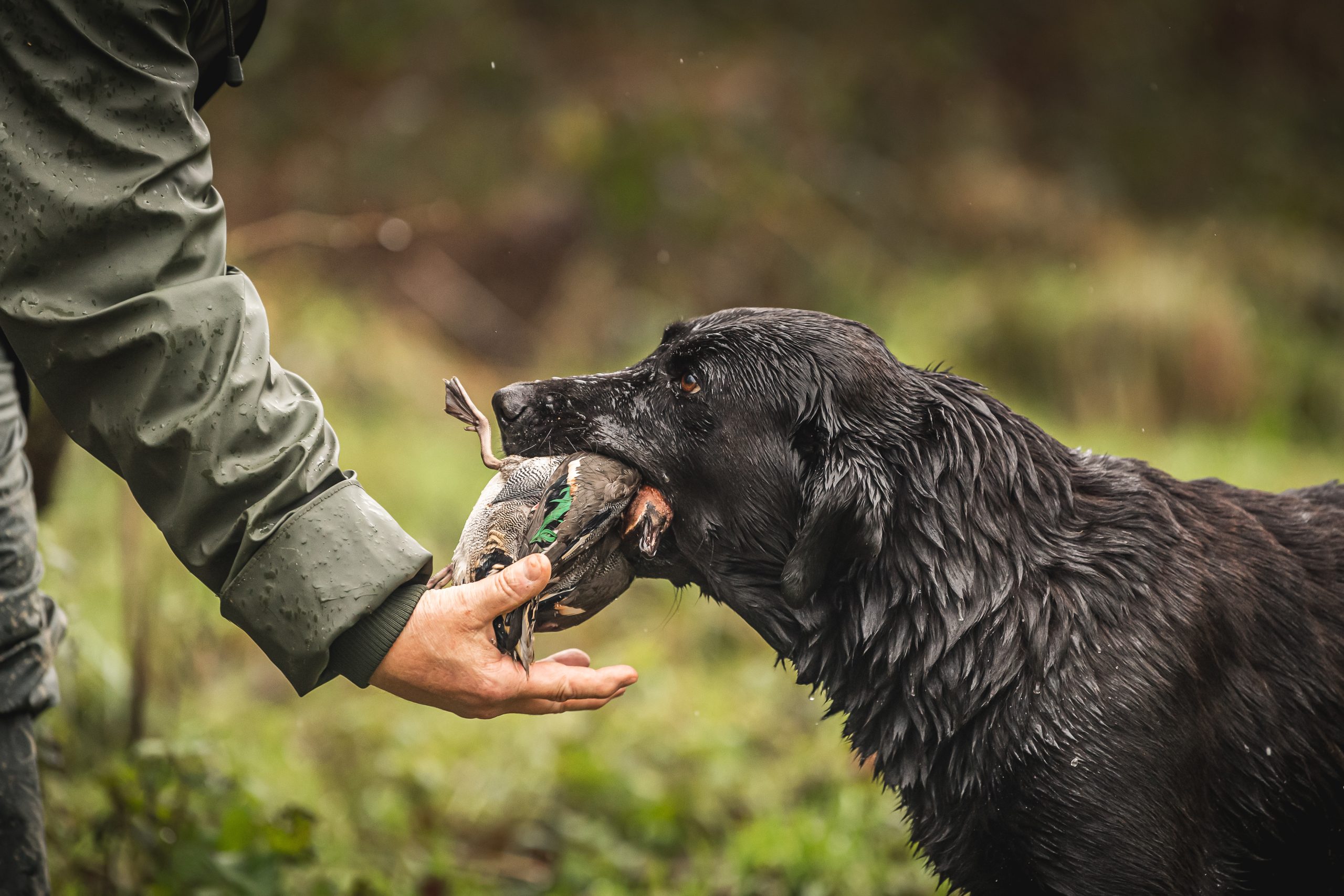Shooting
Swinging the gun – how to improve your technique
Looking at all things swing related - and how getting it right can increase the number of targets you hit.
Would you like to speak to our readers? We offer sponsored articles and advertising to put you in front of our audience. Find out more.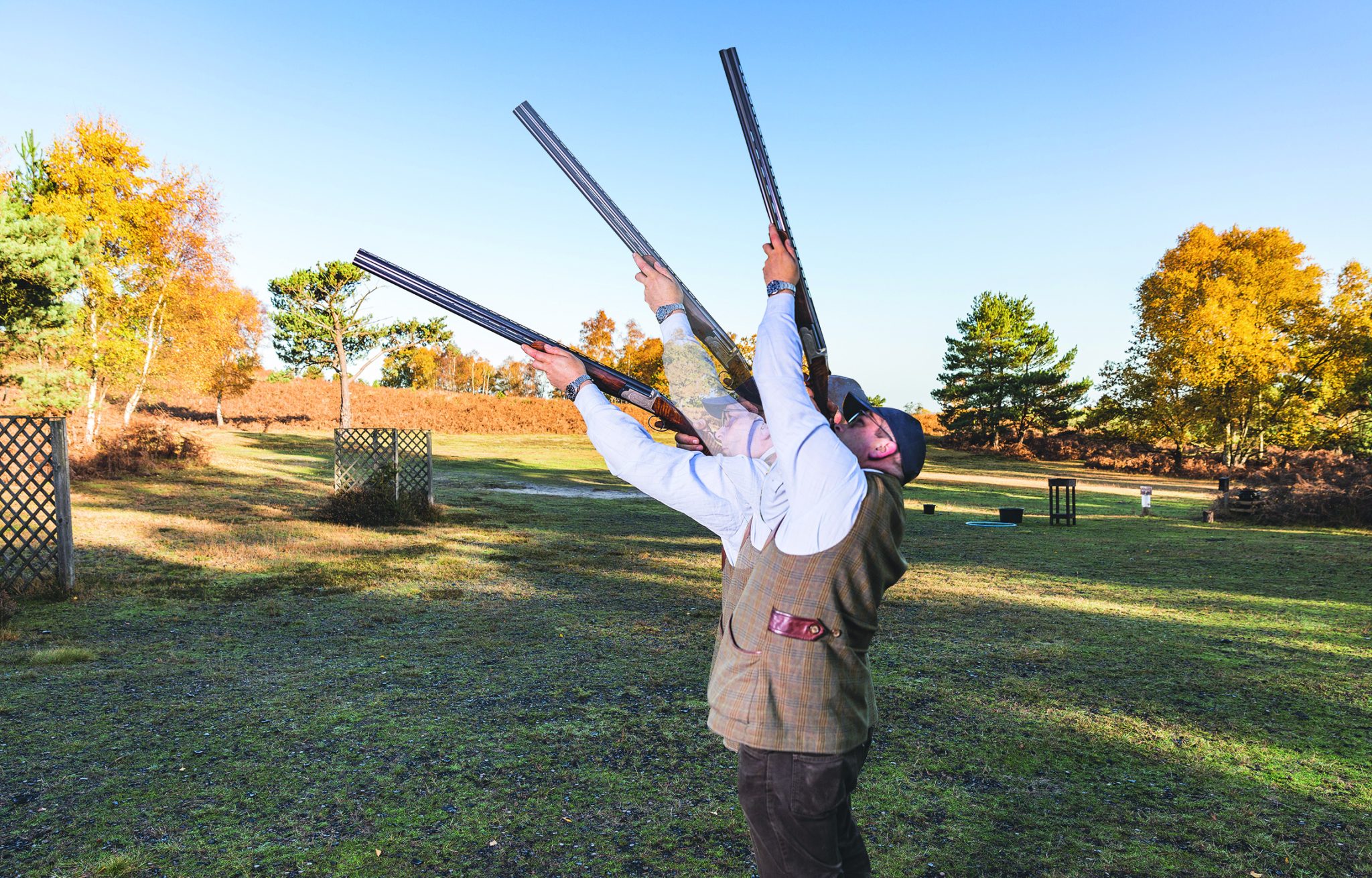 Tony Bracci, High Driven Birds - Instruction.
Tony Bracci, High Driven Birds - Instruction.
Swinging the gun is something every shooter should check they are doing – before, during and after the moment they fire.
Don’t stop swinging the gun
Stopping the swing is a major fault and will almost certainly result in missing the bird behind. Swinging the gun should be a single, smooth and rounded action and not a series of jerks. (If you can’t stop stopping your gun, read these tips.)
If you’re stopping your swing because you feel constricted, one reason might be because you’re wearing the wrong clothing on your upper half. Check out our suggestions for the best shooting vests and best shooting shirts. We’ve chosen kit that allows you to move freely. (Also look at what to wear shooting.)
Move that body
Don’t just try to swing or move your gun alone. The good shooter will swing the gun and turn his body together in unison. Don’t move the gun independently of your body – it will affect your gun mount. This could mean that you probably miss the bird and get a bruised shoulder/cheek from shooting as well.
Repeat the gun mount
At the end of the swing – after you’ve pulled the trigger and taken your shot – the gun must be mounted exactly as it was at the start of the swing. Otherwise the whole relationship between the gun, your eye and the target will be ruined and you won’t be firing where you think you are. Which means you will probably miss.
Think about your swing as a clockface
For instance, the swing might start at 10 o’clock, when the muzzles are on the bird it’s 12 o’clock and, continuing the swing through the target, the trigger is pulled at half past one. Don’t wear anything tight fitting – you need to let your body move freely. (Read our list of the best lightweight shooting jackets here.)
Stance
You won’t hit your targets if your stance is wrong. Even if you have a silky smooth swing.
For example, if your feet and body are positioned 45° from where they should be on a crosser you’ll find that you physically can’t swing the gun far enough. (Read our tips on shooting clay crossers.)
You’ll end up twisting and dropping your shoulder to compensate and invariably you’ll miss.
A good rule of thumb is to have the toe of your front foot pointing towards the intended kill point. (Read our tips on good shooting stance.)
Swing on a driven shoot
Driven birds are a classic example where the shooter often runs out of swing.
This generally happens because the shooter leaves it too late before pulling the trigger. The swing stops because there’s nowhere else for the shooter to move the gun.
He’s run out of room.
Take birds when they’re about 45° to you so the length of the swing (or arc) is manageable.
Take time to practice
Swinging the gun properly is one of the most important shooting skills. Practice it by spending a few minutes daily dry mounting and swinging the gun at home.
Use the line up the corner of your living room, or ceiling, as a guide. Set yourself up properly and practise following the line with the muzzles.
It’s actually a lot harder to be consistent than you think – but practice will improve your technique.
Remember
- The movement of the gun should be a single, silky-smooth and rounded action and not a series of jerks from one position to the next.
- The perfect swing is not just about moving in the direction in which the muzzles are pointing. Moving your body – and transferring your weight if necessary – is equally important.
- Don’t just try to swing or move the gun on its own.
- Watch any top shooter in action and you’ll notice that by turning and moving correctly the gun and their body will be as one – in perfect unison.
- It’s really important that the gun is never moved ‘independently’ of the shooter’s body – if it does you’ll find it will affect the correct mounting of the gun in the shoulder and on the face.
- At the end of the swing – after you’ve pulled the trigger and taken your shot – that the gun must be mounted exactly as it was at the start of the swing.
- Don’t stop the swing as you pull the trigger. You must keep the muzzles moving or you’ll probably miss behind.
Related articles
Shooting
Shotgun
Let’s bite the bullet
The ban on lead shot for all game shooting is moving apace so it’s time to find the best eco-friendly ammunition that suits you and your rifle
By Time Well Spent
Shotgun
Shotgun buying guides
Starting out? Make sure it fits
If you’re buying your first clay gun, the right fit takes precedence – not good looks, the brand your mate’s got or even price – warns Paul Austin
By Time Well Spent
Manage Consent
To provide the best experiences, we use technologies like cookies to store and/or access device information. Consenting to these technologies will allow us to process data such as browsing behavior or unique IDs on this site. Not consenting or withdrawing consent, may adversely affect certain features and functions.
Functional Always active
The technical storage or access is strictly necessary for the legitimate purpose of enabling the use of a specific service explicitly requested by the subscriber or user, or for the sole purpose of carrying out the transmission of a communication over an electronic communications network.
Preferences
The technical storage or access is necessary for the legitimate purpose of storing preferences that are not requested by the subscriber or user.
Statistics
The technical storage or access that is used exclusively for statistical purposes.
The technical storage or access that is used exclusively for anonymous statistical purposes. Without a subpoena, voluntary compliance on the part of your Internet Service Provider, or additional records from a third party, information stored or retrieved for this purpose alone cannot usually be used to identify you.
Marketing
The technical storage or access is required to create user profiles to send advertising, or to track the user on a website or across several websites for similar marketing purposes.




